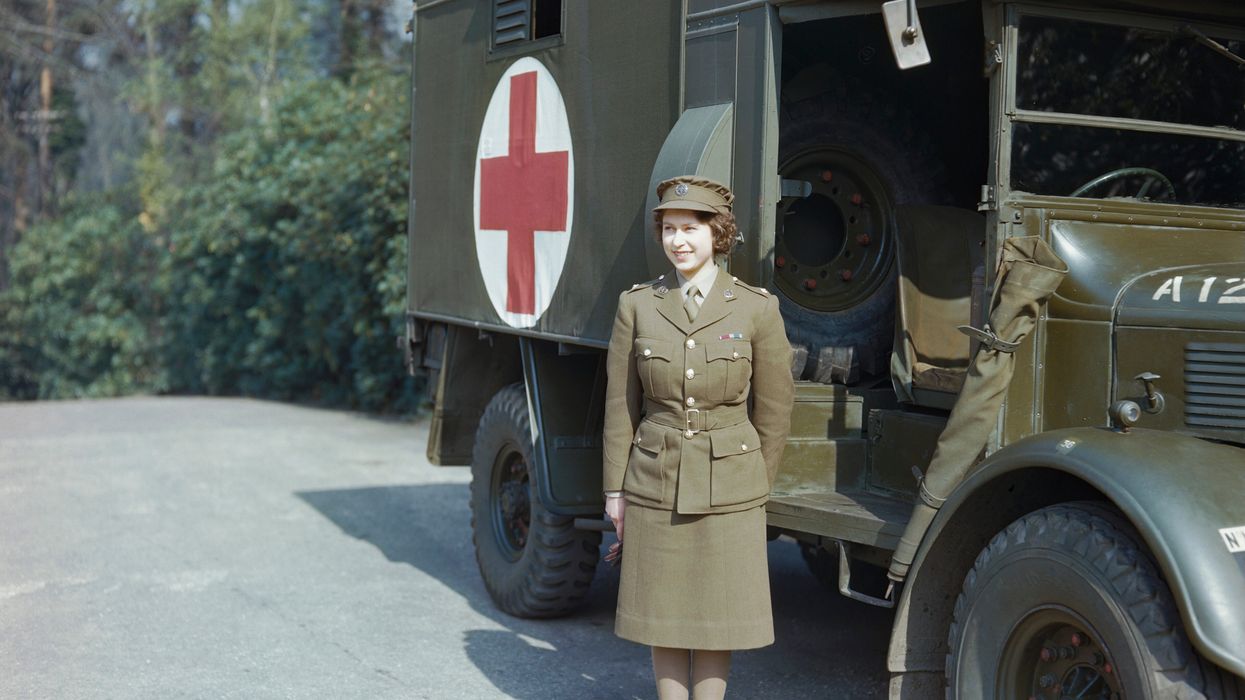As the lights go dim, the aroma of popcorn percolates through the cinema hall, wafting in the dark sensory ambiance. People lean back in cushioned chairs, munching on puffed-up kernels coated with melted butter, salt, and sometimes herbs and cheese. Popcorn and movies have a symbiotic relationship that has lasted for decades.
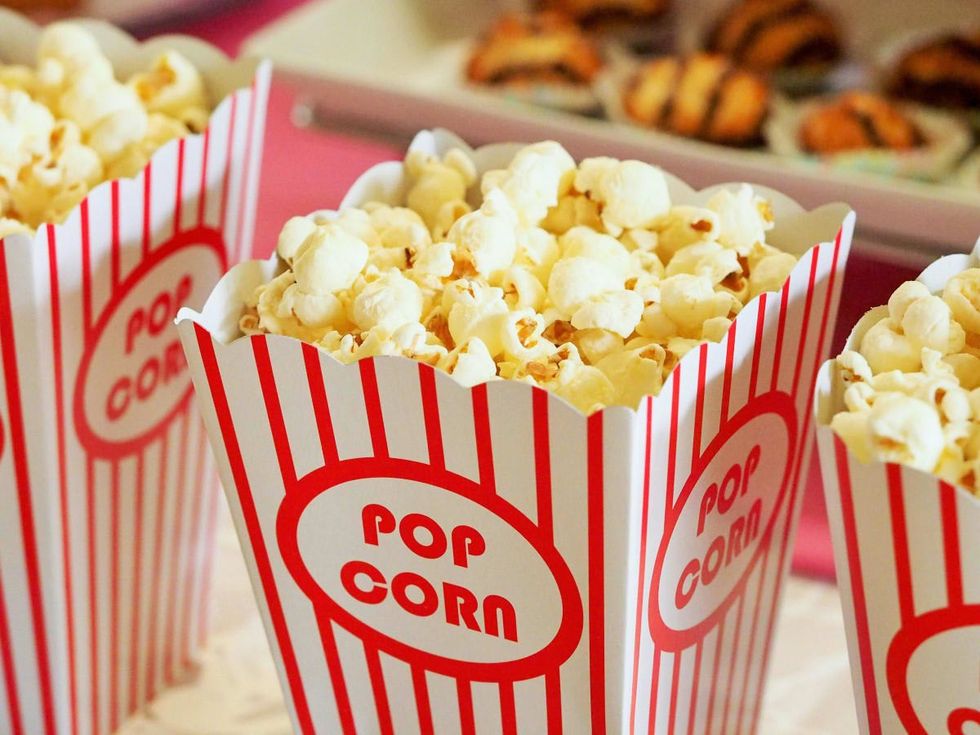
“Popcorn and the movies are as inextricably linked as Fred Astaire and Ginger Rogers, peanut butter and chocolate; and, as such, represent perhaps one of the greatest duos in modern history,” Paul Dergarabedian, senior media analyst for Comscore, a company evaluating media across platforms, told CNN. “It’s hard to imagine a more perfect combination and one that has become part of the culture in such a profound and ubiquitous way.”
But there’s more history packed inside a kernel of popcorn than just its addictive flavor. The snack was first discovered about 8,000 years ago from a wild grass called “teosinte,” which is a form of maize, as explained by TED.
A strand of this maize consisted of kernels characterized by hard kernel walls that built internal pressure. When heated, the pressure caused the kernels to pop into puffy corn, hence the name “popcorn.” This maize was primarily cultivated in Central America and later spread to South and North America. "Popcorn went north and it went south, but as far as I can see, it really only survived in South America," said Andrew Smith, author of “Popped Culture: A Social History of Popcorn.”
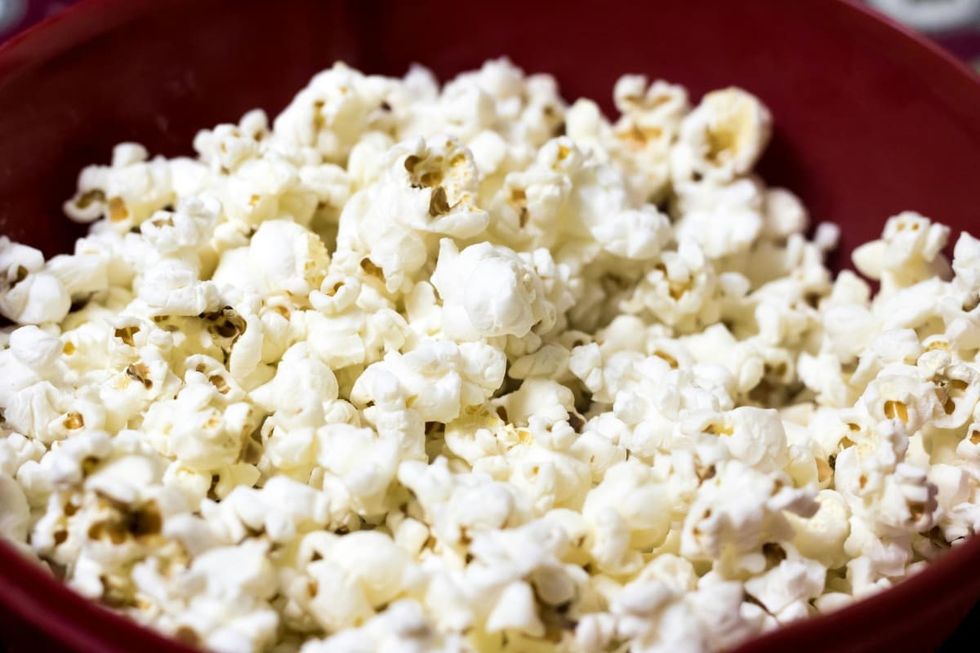
He added that by the early 19th century, the North Americans brought popcorn from Chile to New England, perhaps because they thought these snacks were “cute.” By 1848, the snack was included in the “Dictionary of Americanisms,” as per Smithsonian Magazine. Its usage exploded primarily in the entertainment business, with people loving to munch on these kernels while watching movies.
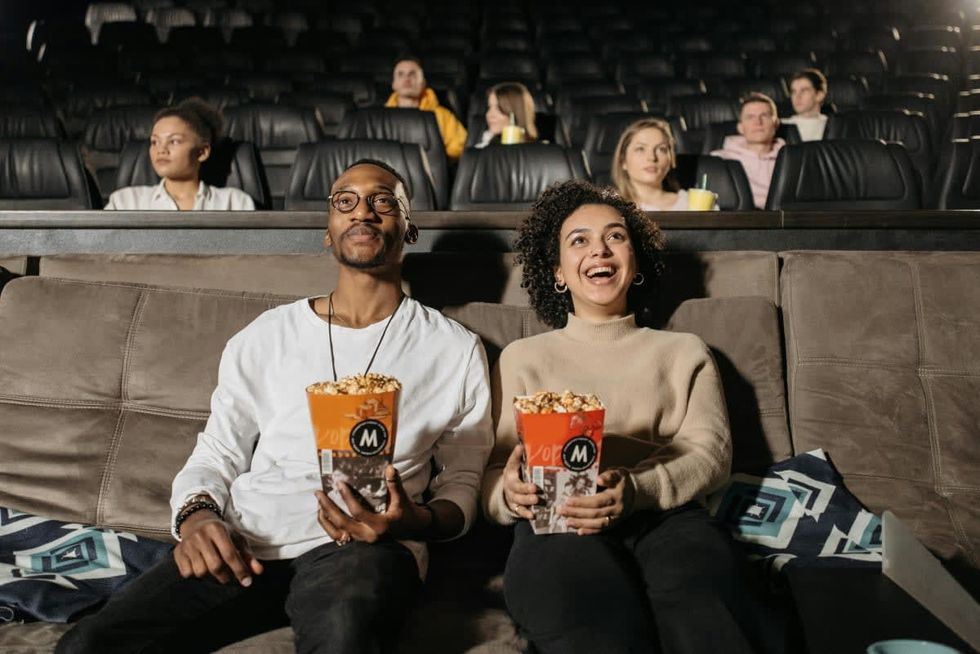
The first reason for popcorn's mushrooming popularity was its ease of mobility. Unlike potato chips which were mass-produced in factories, popcorns could be made instantly, just in a matter of few minutes using a cheap popping machine. However, movie theaters were initially not ready for the popular snack, Smith explained. Most of them thought that the sound of munching would act as a distraction for the audience watching a movie. But when the Great Depression arrived, they were forced to change their minds.
As the recession hit, people couldn't afford to buy regular snacks which usually included candy, chocolate bars, potato chips, and cocaine-laced sodas. Looking for cheap alternatives, most people drifted towards popcorn, which was cheaper and sold at around 5 to 10 cents a bag. Popcorn became a luxury that most people could afford.

But there was another obstacle that popcorn faced while venturing into the cinema industry. Earlier, most theatres weren’t ready to adopt popcorn-popping machines, but seeing the rising popularity, they availed lobby privileges for popcorn vendors. This is how hawkers and vendors started building their stalls in the cinemas’ lobbies, selling popcorn of varied flavors.
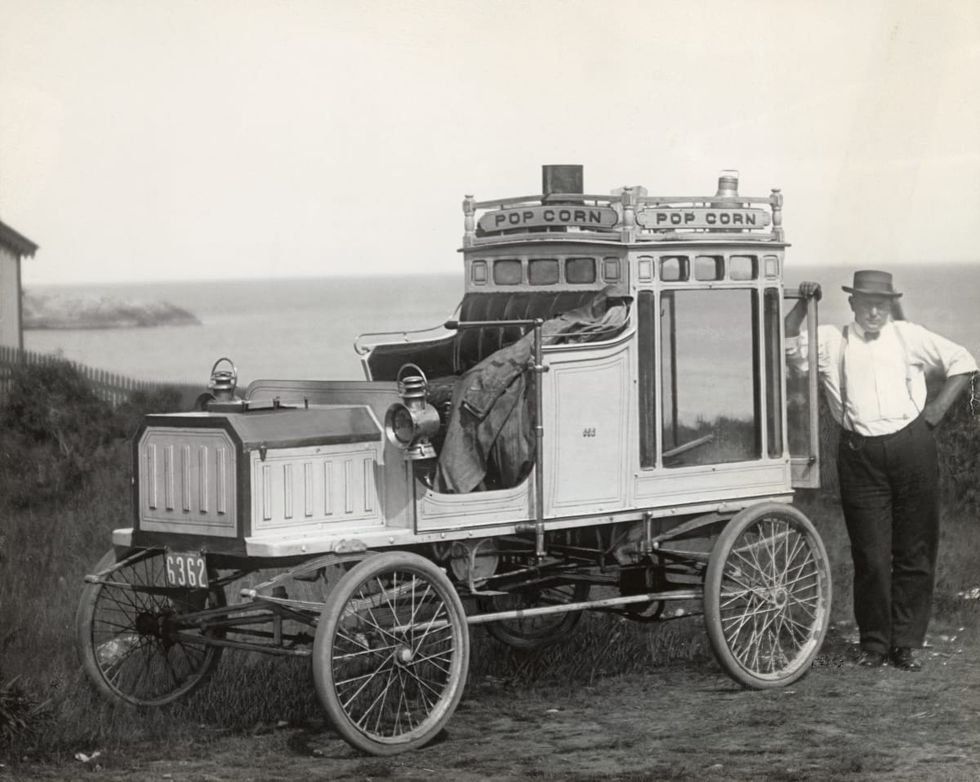
As theatres’ popcorn sales escalated, they started running commercials at the beginning of the movie, prompting people to visit the lobby and buy themselves snacks. One such famous commercial is "Let’s All Go to the Lobby," from 1957.
In the 1960s, popcorn sales began to decline. "The popcorn industry sags in the '50s as Americans begin to watch more and more television and go less and less to movie theaters," Smith explained. With the arrival of television, fewer people visited cinemas and preferred watching movies on their TV sets.
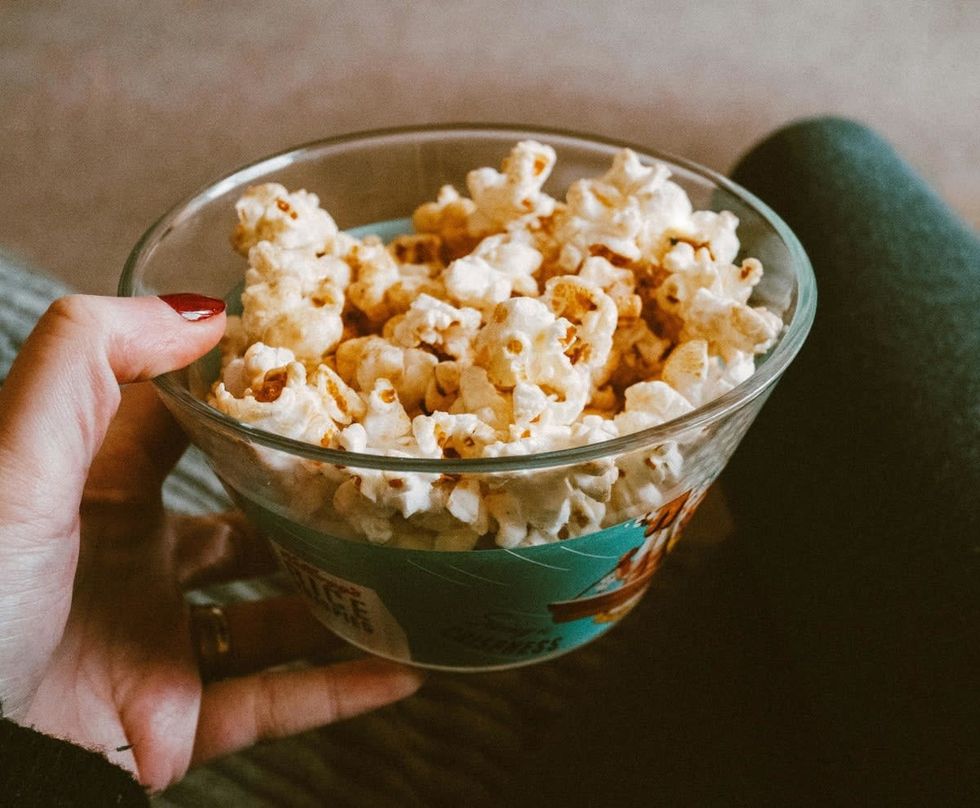
But popcorn was not as popular at home as in movie theaters. People didn’t want to buy popping machines, and they couldn’t handle the hassle of popping the snack without the machine. Soon, suppliers like EZ Pop, Jiffy Pop, and Cracker Jack started selling ready-made popcorn in packets. This marked the rising popularity of the cinema snack, which never stopped after that.
Today, popcorn is one of the most loved cinema snacks around the world. It comes in various shapes, including butterfly, mushroom, and snowflake. There is a smorgasbord of popcorn flavors available in different theaters. From the cheesy cheddar popcorn offered by AMC Theatres to Nitehawk Theatre’s special truffle popcorn, the snack has made an unerasable impression on the silver screen.





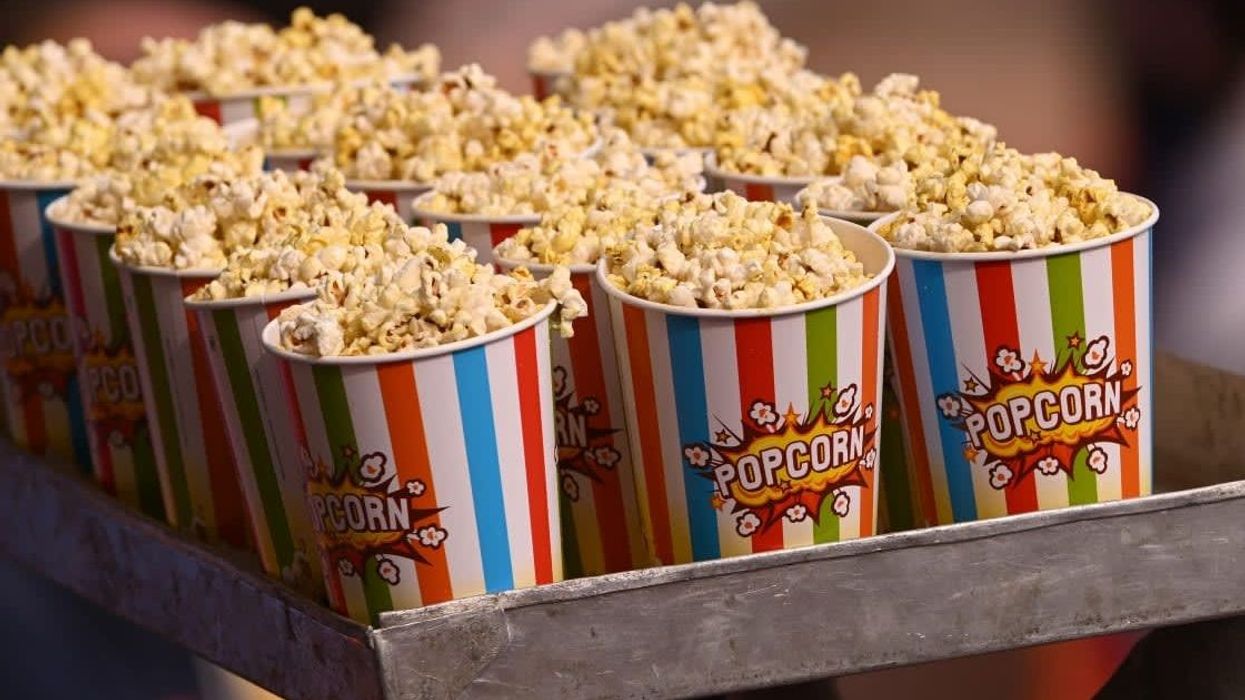












 Image frmo Scientific Reports of ancient artwork. Image Source:
Image frmo Scientific Reports of ancient artwork. Image Source: 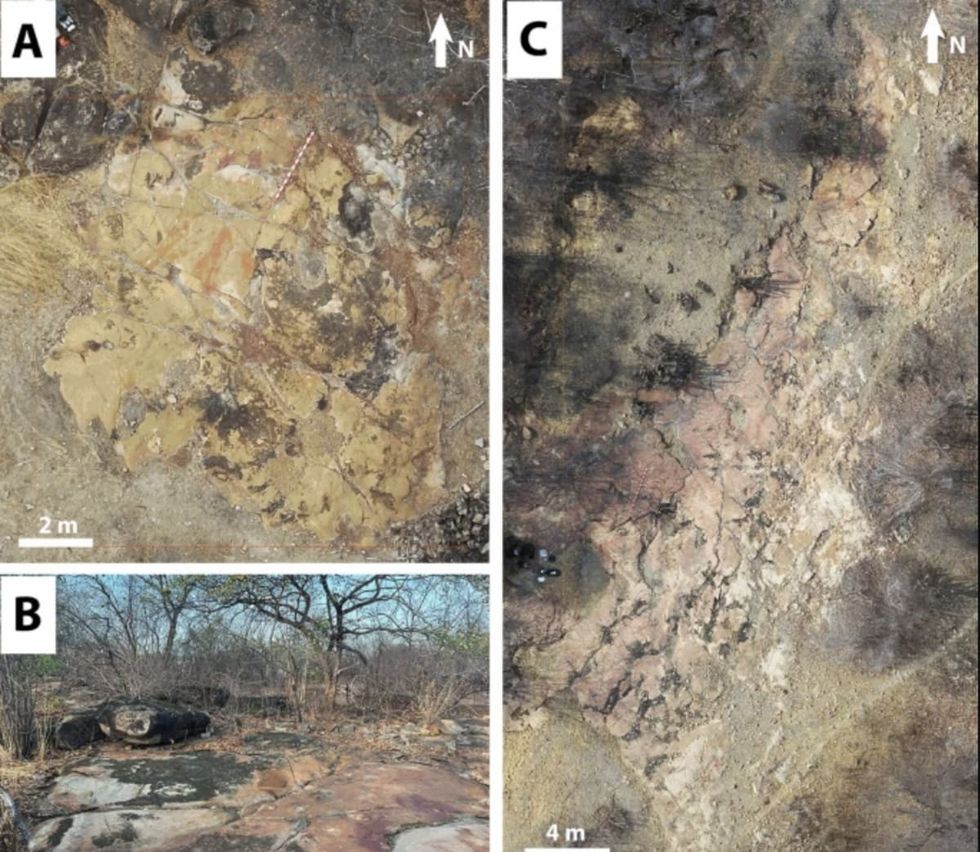 Image frmo Scientific Reports of ancient artwork.Image Source:
Image frmo Scientific Reports of ancient artwork.Image Source:  Image frmo Scientific Reports of ancient artwork.Image Source:
Image frmo Scientific Reports of ancient artwork.Image Source: 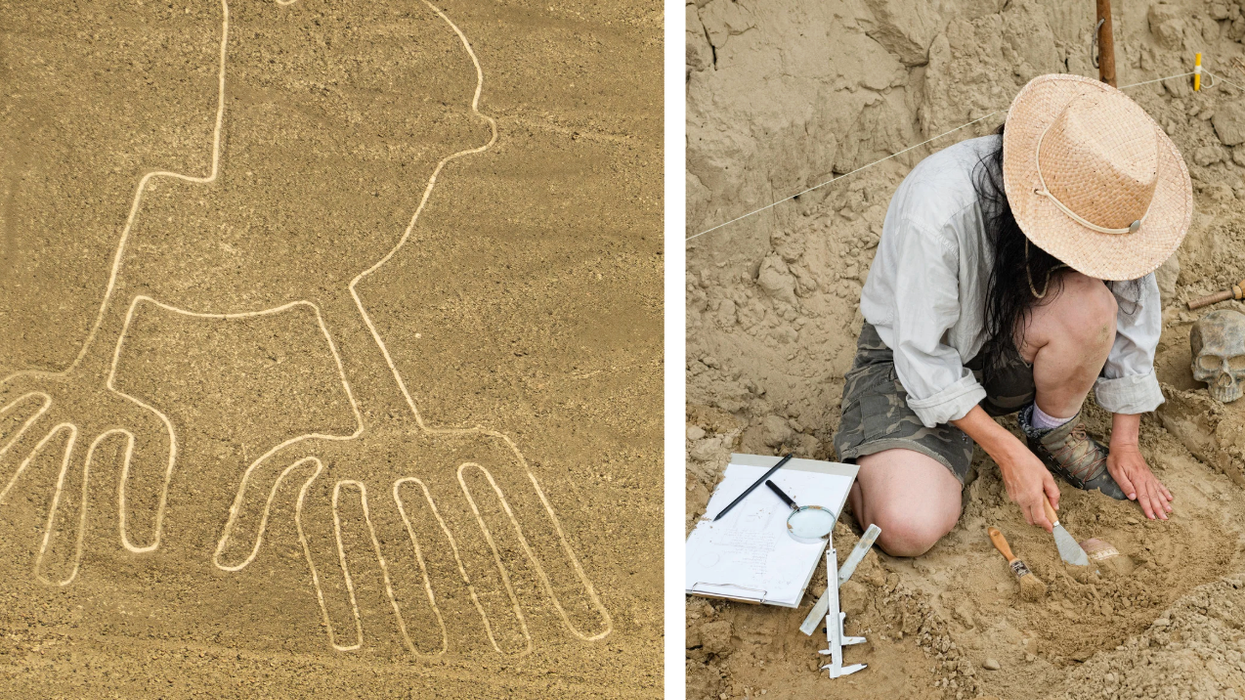

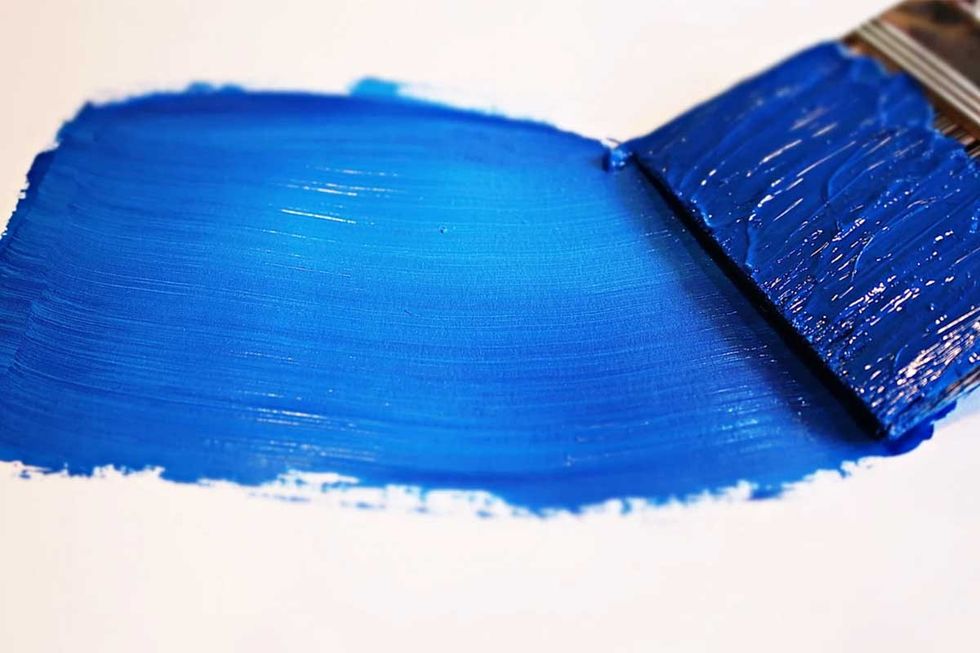 It's difficult to imagine seeing a color and not having the word for it. Canva
It's difficult to imagine seeing a color and not having the word for it. Canva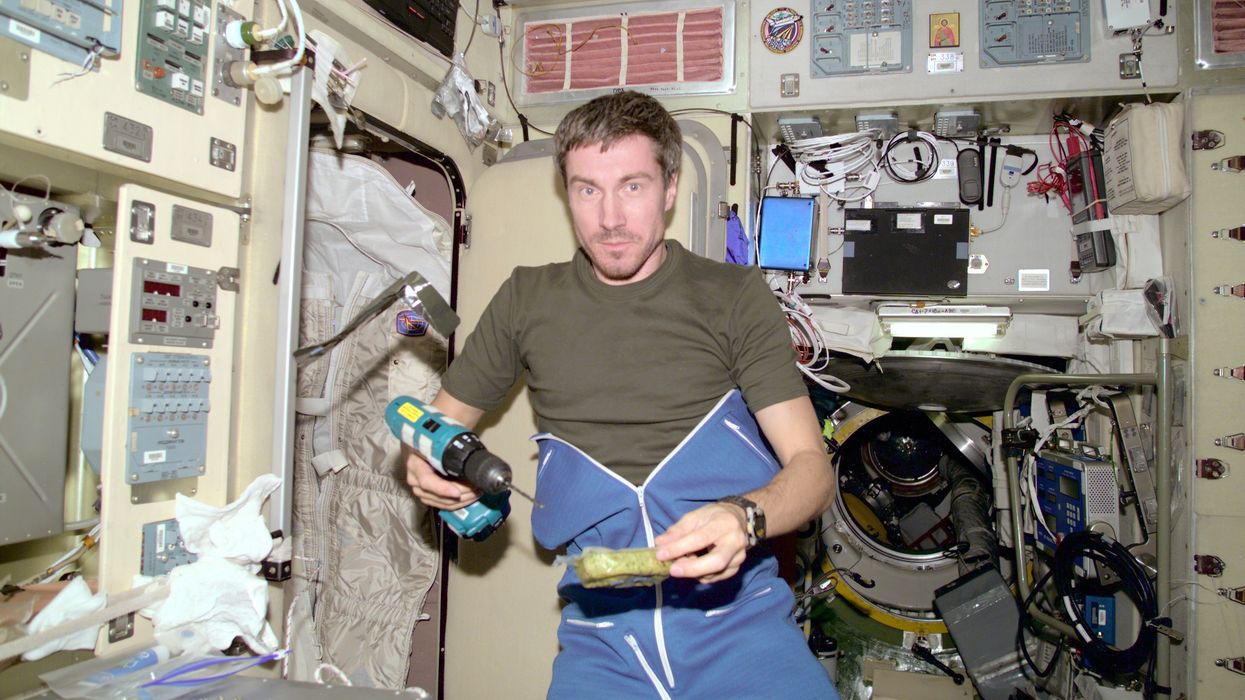
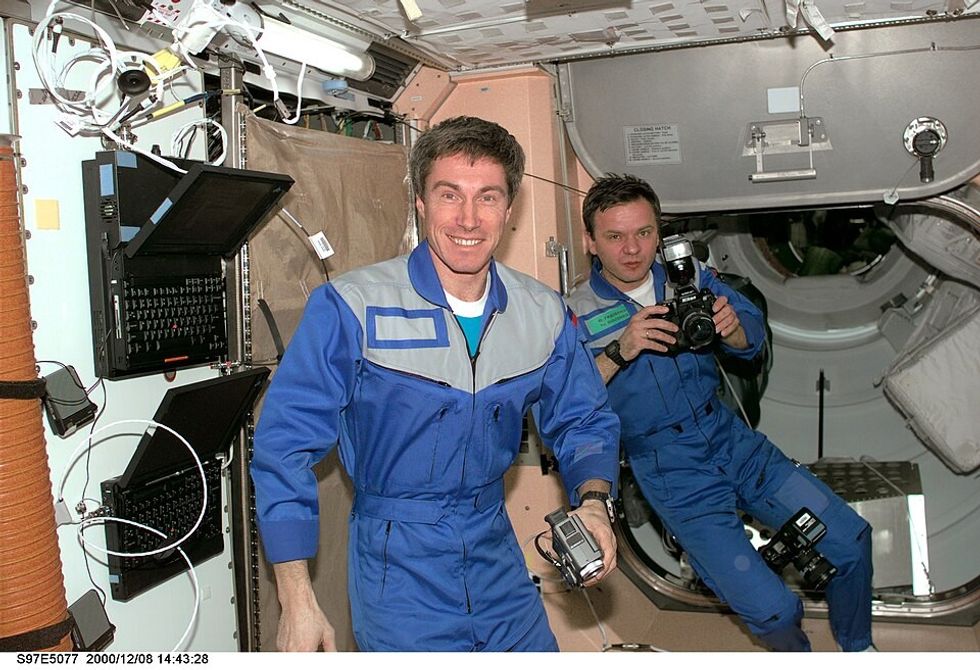 Sergei Krikalev in space.
Sergei Krikalev in space. 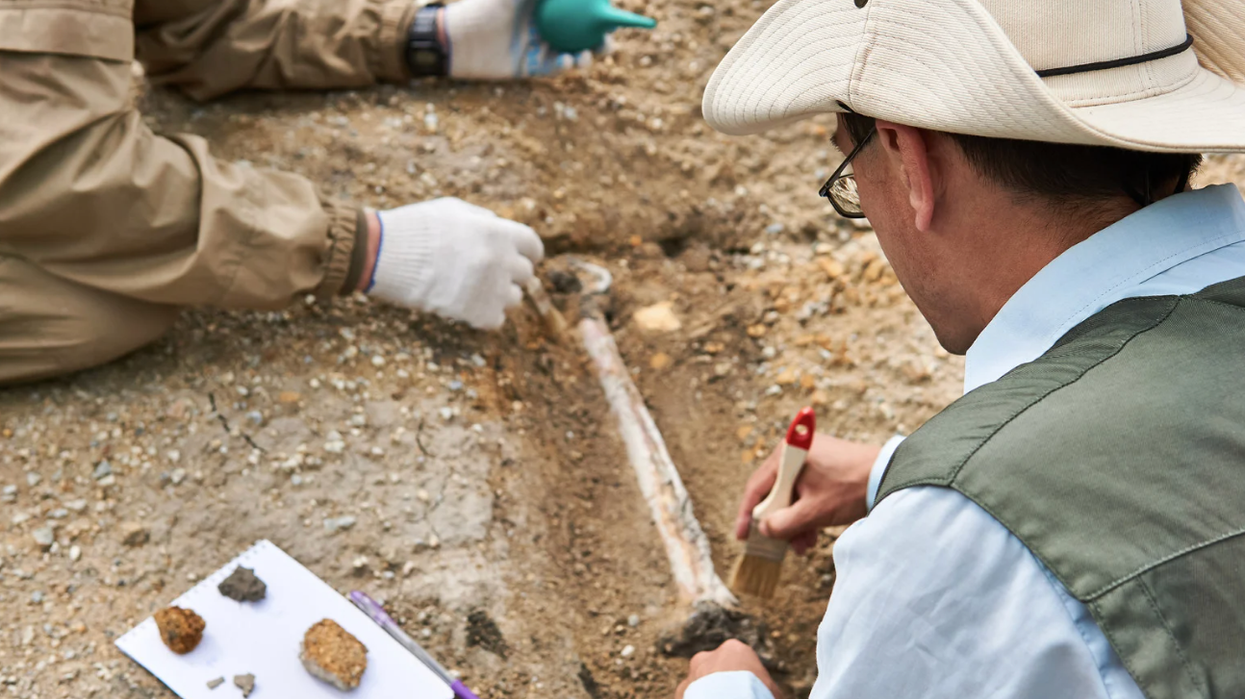
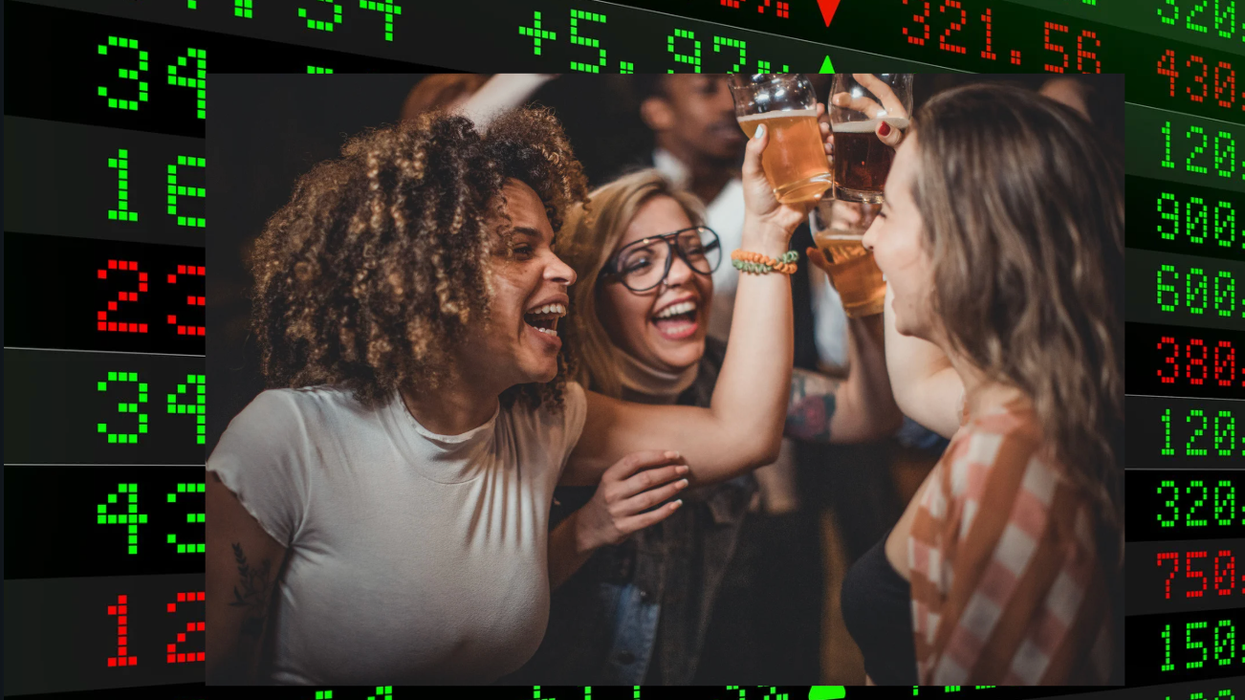

 The team also crafted their canoe using ancient methods and Stone Age-style tools. National Museum of Nature and Science, Tokyo
The team also crafted their canoe using ancient methods and Stone Age-style tools. National Museum of Nature and Science, Tokyo The cedar dugout canoe crafted by the scientist team. National Museum of Nature and Science, Tokyo
The cedar dugout canoe crafted by the scientist team. National Museum of Nature and Science, Tokyo